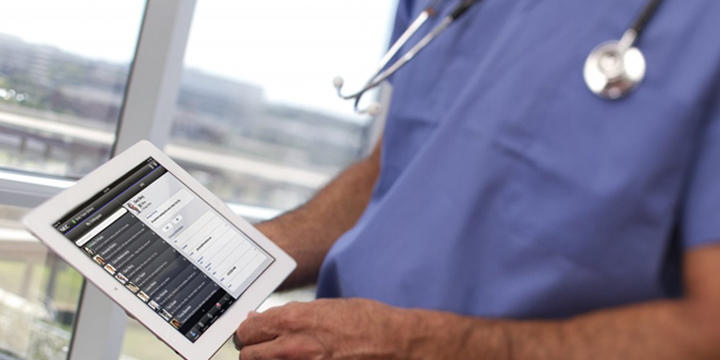Healthcare industry is coming up with novel ideas so as to meet the needs of the people in their busy lives. With advancing technology, the idea of consulting a doctor through mobile app is the latest in the league.
Introduction to Mobile Apps
Mobile apps can enable people to seek virtual medical help just through a Smartphone from anywhere in the world without actually visiting the doctor. The technology basically exploits artificial intelligence to consult healthcare specialists.
Features
This mobile device or the smart phone just acts as an interface between a patient and a doctor, where the artificially intelligent doctor keeps track of the patient’s medical records, habits, diet and what not. The mobile app also features the user to video conference with doctors employed by the company. Amongst the other services provided to the user which includes health monitoring facility, booking of appointments as well as ordering of medical tests, the mobile app also allows its user to video conference with doctors employed by the company. Thus the major features of this kind of mobile app are easy access to patient’s health data, convenient medical appointment with specialists as well as remote health monitoring of patients.
Digitization: A boon to Healthcare Industry
Many new start-ups are hiring high-end scientists as well as software engineers so as to develop a virtual arrangement which would fulfill the various needs of its patients. A UK based healthcare start-up Babylon Health is putting in huge investments in order to develop a highly specialized and customized mobile app, where in numerous of its registered users will be provided with a variety of health services. About 60 companies and various health insurance providers have partnered with Babylon so as to offer employee health plans. Once the user speaks into a phone, the computer puts forward several questions related to the illness, its symptoms and then accordingly the course of treatment is determined. Digitization of healthcare industry has promoted various players to introduce a number of smart apps in the digital world. This innovation in healthcare industry is a big boon in disguise and surely has a brighter future for patients.
Digitization of Healthcare with Attune
Attune Technologies has been at the forefront of the digitization of healthcare with its innovative solutions to help patients and healthcare providers connect better. Most recently, we launched Attune Mobility Solutions – a suite of apps designed by doctors and developed by experts to create seamless communication, offering timely inputs for better patient care. It allows different groups of health workers such as nutritionists, physiotherapists, staff and ward nurses to integrate on a single platform, giving doctors a complete picture. Improved collaboration and real time diagnostics with specialized alerts for emergencies ensure that the patient is well taken care of.








